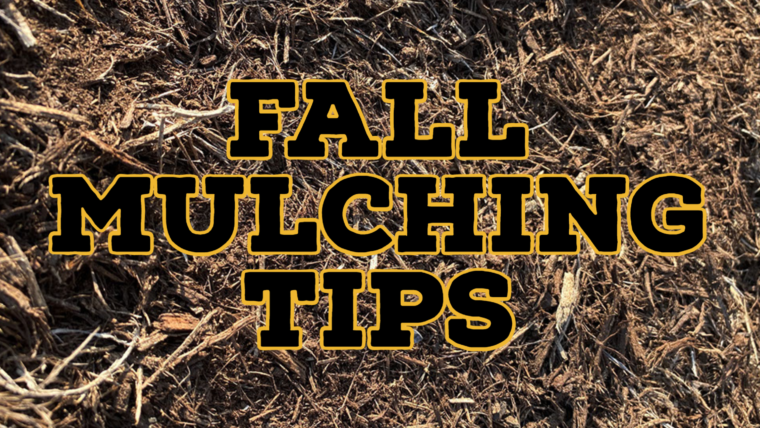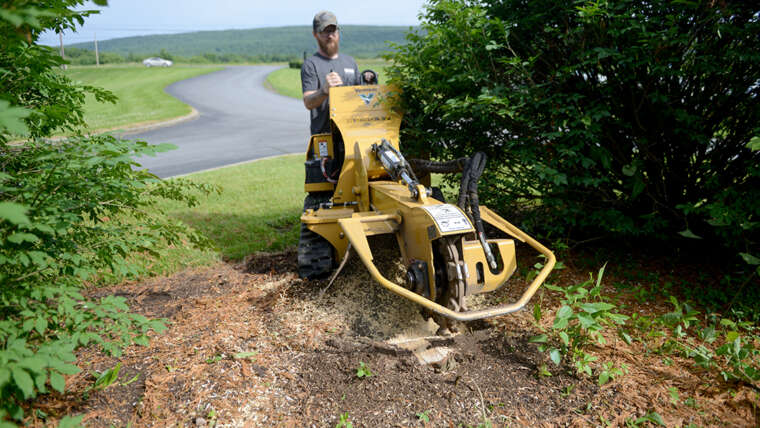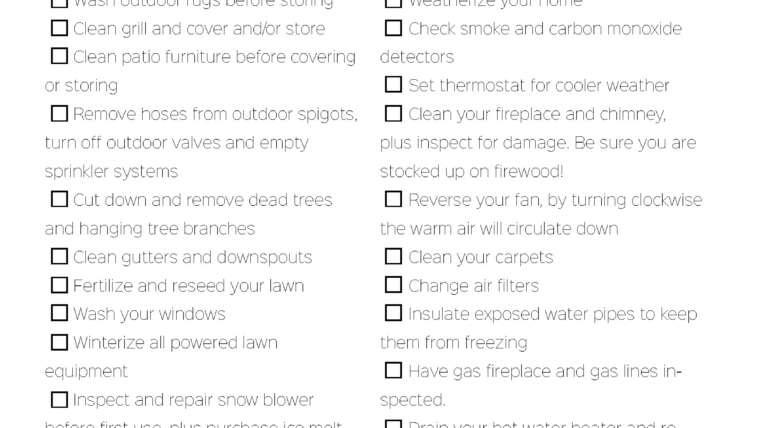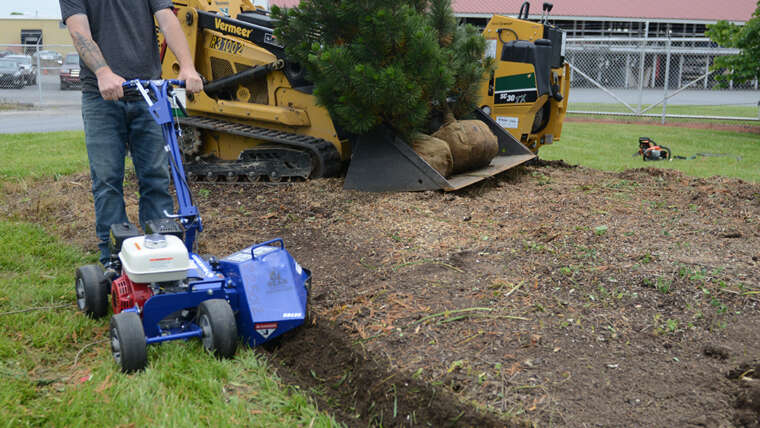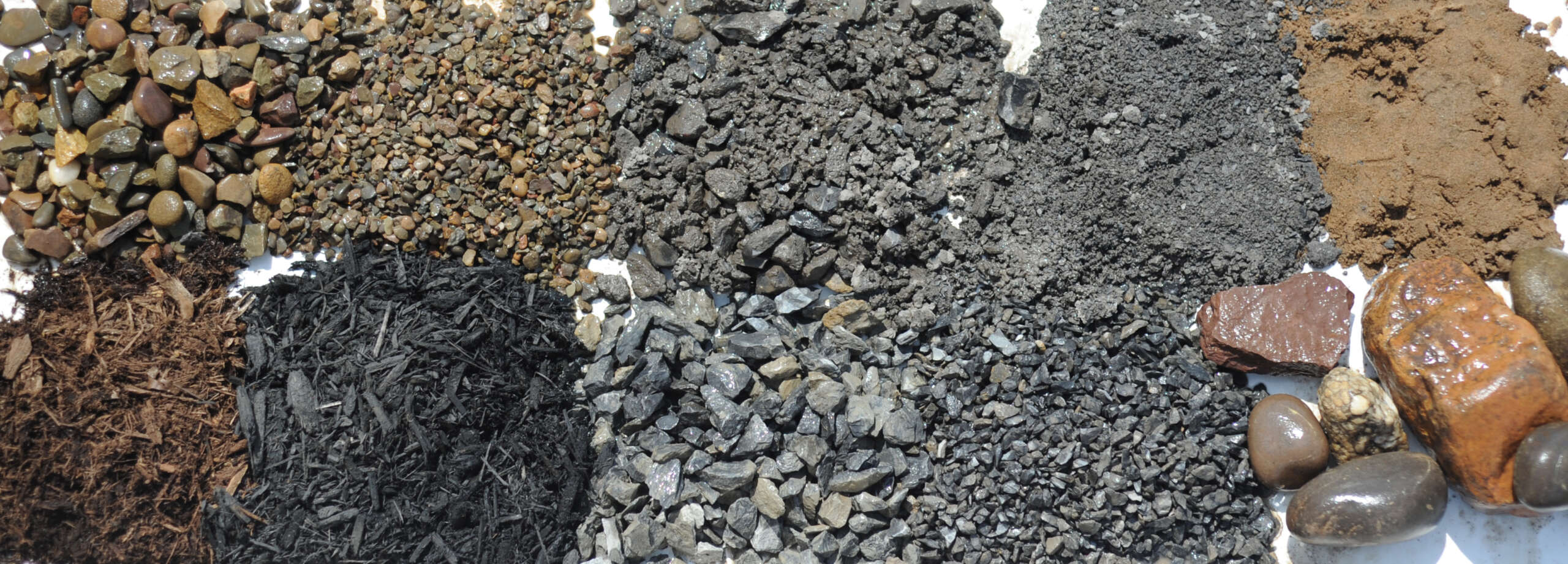
Landscape Rocks: How to use them
Landscape rocks can have many uses around the exterior of your home: mulch, ground cover, driveways, filler around pools or patios, and much more.
Landscaping rocks and decorative stones can be used in almost any area of your yard. They are durable, long-lasting, and resist fading. They also help to keep the ground moist and are less likely to scatter due to rain or wind.
Landscaping with rocks or natural stone adds texture and contrast while providing a low-maintenance ground cover. It is a durable alternative to mulch that does not need to be replaced yearly.
This guide showcases different types of landscaping rocks and their uses.
2A modified stone, also known as stone dust or cracker dust, ranges in size from 3/4″ down to dust. It is a good base material, specifically for road construction as it provides a stable foundation for asphalt or concrete. It is also used as pipe bedding and road fill.
River Stone 1B is also known as pea gravel or pea rock. The stones are around 1/4″ in size. River gravel is obtained from old river banks and is naturally sized and rounded from many years of erosion.
Pea gravel is often used for landscaping projects like walkways, garden areas, patios, and driveways. It can also be used for retaining walls, irrigation, or as a top dressing for gravel roads. Pea gravel can also be used in concrete mix and asphalt mix. It provides good drainage and erosion control.
1B Limestone is a crushed limestone, approximately 1/4″ to 1/2″ in diameter. It is composed of sharp, irregularly shaped rock fragments. It is most commonly used for driveways, fire pits, and pathways. The rocks easily interlock and provide good packing.
River Gravel 2B has an average size of 1/2″ to 1 1/2″ in diameter. It is naturally sized and rounded from years of erosion, it is obtained from old river beds.
Common uses of river gravel 2B are french drain construction, backfilling, concrete paving, and as a base material for landscaping with decorative stones.
Since these stones are smooth and rounded they are more comfortable underfoot for a walkway. They also make an attractive way to border a walkway.
2B Limestone, also known as #57 Limestone, is 3/4″ to 1″ in diameter with an angular shape.
It is commonly used for driveways, access roads, private roads, drainage, backfill for retaining walls, and as a base for sheds or prefab buildings.
Susquehanna Skipping Stones are 3-5 inches in diameter and can be used for a variety of decorative purposes in your landscaping. Including as lawn edging or around a water feature.
These are not ideal for use as a mulch alternative since they tend to leave large irregular gaps between the stone, which creates openings for weeds. They are also not ideal for a walkway since there is a greater tendency to shift, which can cause injury.
These landscaping rocks are locally sourced.
Uses for Landscape Rocks
- Bring texture and color to flower beds
- Create a water feature or french drain
- Create a gravel pathway or driveway
- Place around trees and shrubs to create a border
- Create a gravel patio or firepit
- Painting rocks with acrylic or glow paint can add patterns and accents to your garden stone.
- Mulch alternative, rocks can last for the lifetime of your garden
General Tips & Tricks
- Smaller stones may shift more in heavy rain, especially if they are on an incline.
- Rocks used as mulch can retain heat, which may reflect onto plants causing them to dry out.
- Use landscape edging to contain loose rocks
- Regularly remove weeds from loose rocks around pavers
How much stone do I need?
Several factors determine the amount of stone you need for an area. First, you need to calculate the square footage of the area (length x width). Then determine how deep the coverage should be.
Here is a general guide for depth coverage, based on the size of the stone:
- 1/2-inch or less: 2-inches
- 3/4-inch to 1-inch: 3-inches
- 1-inch and larger: 4-inches minimum
The coverage area of a cubic yard (27-cubic feet) changes depending on the depth of the area. Here is a general guideline for the square footage covered by one cubic yard of stone:
- 160 sq. ft. at 2-inches deep
- 108 sq. ft. at 3-inches deep
- 80 sq. ft at 4-inches deep
- 54 sq. ft. at 6-inches deep
The general calculations used to determine how much to purchase is width x length x depth then divide by 27 = number of cubic yards needed for your project.
Adding landscaping stones to your garden
Start by laying out and marking your area, then dig it out and level it. Lay and cut landscape fabric, which helps block weeds from growing while allowing air and water to flow through. Cut holes for plants (or around existing ones). Start planting, be sure to leave plenty of room for growth. Fill with landscaping stones. Water regularly.


